Whether you’re just starting or have been on this diet for a while, you probably wondered what the best vegetables for intermittent fasting are. How do you combine them and how many do you need to get all your necessary vitamins and minerals? Are they all blood sugar friendly?
Everybody will agree that greens are perfect at every meal. They won’t impact your blood sugar and they’ll ensure you get plenty of vitamins and minerals. But you shouldn’t stop there. Things like zucchini, eggplant, and even root vegetables are all beneficial for your health. Here are the 8 best vegetables for intermittent fasting.
1. Leafy greens
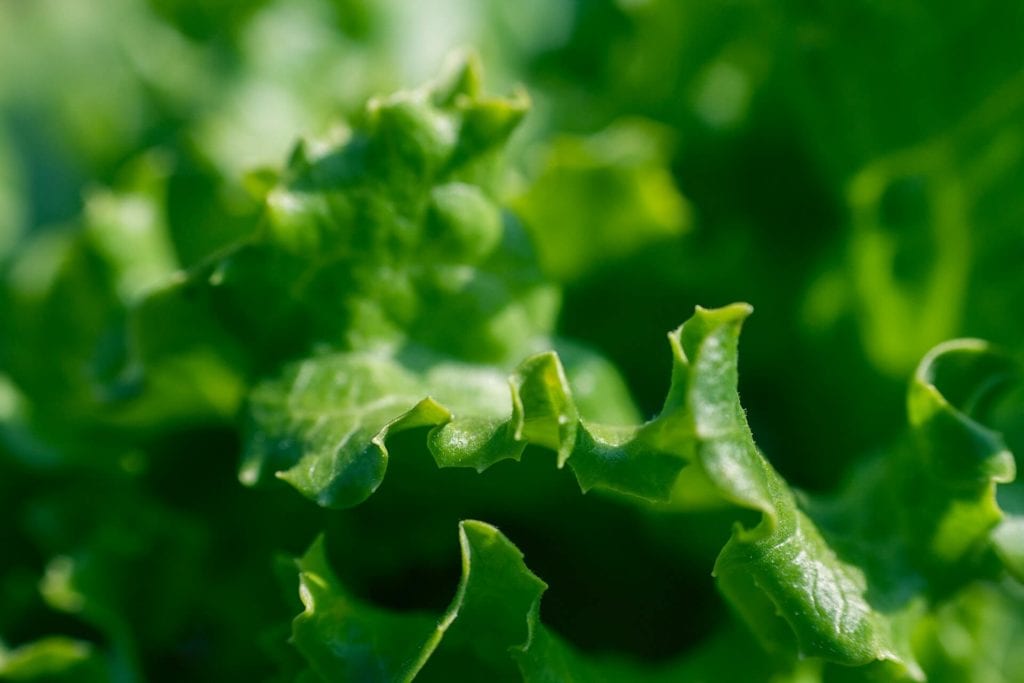
Leafy greens are an essential part of your diet. I know most people have a love-hate relationship with them. But the truth is that once you start including them more and more in your diet, in smoothies, in salads, or on the side of your main dish, you’ll learn to appreciate them. They come with a ton of benefits, include a lower risk of heart disease, obesity, or mental decline.
How often should you have them? As often as possible, preferably at every meal. It doesn’t have to be the same leafy green vegetable each time, there’s plenty of them, so mix them up or stick with the ones you love. Include them in smoothies, in your omelet, eat a large serving with your lunch and your dinner. They’ll help keep your blood sugar stable, and they’ll also help you feel full quicker and for longer.
And if you’re worried about calories, stop! Leafy greens contain very few calories, to gain weight just from them, you’d need to eat a few pounds each day. I think you’ll agree that’s almost impossible.
If you find you’re prone to overeating in your eating window, leafy greens may come to the rescue. First, their nutritional profile will help maintain your blood sugar levels stable, reducing the risk of hypoglycemia. Second, if you feel you need to constantly eat something, grab a large salad! Add your favorite greens, some low-calorie, low-sugar dressing, and eat it all!
Let’s look at some of the most nutrient-dense leafy greens and talk about why they’re so important for your health.
Spinach
This is one of the most popular leafy green vegetables, easy to find, and very easy to incorporate in your everyday meals. It can be anything: from one of the base ingredients in your smoothie to the main dish.
Its nutrient profile is nothing short of amazing: one cup of spinach will give you 181% of your DV (daily value) for vitamin D, 13% of the DV for manganese, and 56% of the DV for vitamin A. It also contains folate, which makes it great for women who want to conceive in the near future.
Kale
Did you know kale is considered one of the most nutrient-dense vegetables? One cup, or about 67 grams, will give you:
- 684% of your DV for vitamin K;
- 134% for vitamin C;
- 206% for vitamin A.
It is also filled with antioxidants, which means it reduces the risk of diseases caused by oxidative stress.
The one downside is that to get all the nutrients it provides, it should be consumed raw, as cooking reduces its nutrient profile. This is true for many leafy greens, but kale is one of the more affected ones.
Collard greens
Similar to kale, and with a bitter taste, collard greens are the best source of vitamin K nature could provide. One cup will give you 1045% of your DV for this essential vitamin. On top of vitamin K, they also contain calcium, vitamin A, and folate. Due to their nutritional profile, collard greens reduce the risk of blood clots and they also promote bone health.
Romaine Lettuce
The most common leafy green, lettuce may not be as nutritious as kale or spinach, but it is still rich in vitamins A and K. One cup will ensure 82% of your DV for vitamin A and 60% for vitamin K.
It is fairly tasteless, which means it is great for those who can’t stand the stronger taste of kale and collard greens. You can use it in smoothies or salads. It has a very high water content, which means it is quickly digested by the body, so it won’t keep you full for as long as kale or spinach would. It does have a positive impact on your blood sugar, so don’t avoid it!
Beet greens
If romaine lettuce was common and you’ve probably eaten it at least once in your life in some form, beet greens are less common nowadays, though they’ve been used since the middle ages for their health benefits. Today, we use beets in a lot of dishes, yet we ignore the leaves.
Here’s why we shouldn’t ignore them: they’re rich in calcium, potassium, vitamins A and K, riboflavin, and more. Even better, unlike kale, beet greens don’t lose their nutritional profile when they are cooked.
Other leafy greens
Cabbage, arugula, turnip greens, bok choy are all nutrient-dense leafy greens that you can add to your meals. Cabbage, for instance, can be good in several recipes, making an easy, low-calorie side dish that helps you feel satiated longer.
Another great thing about all of these leafy greens is that you don’t need to remove one of your favorite ingredients from your meal to include them. If you’re on a low carb diet, they’re the perfect side dish. But even if you don’t mind the carbs, they go perfectly well next to rice or potatoes for instance.
2. Zucchini
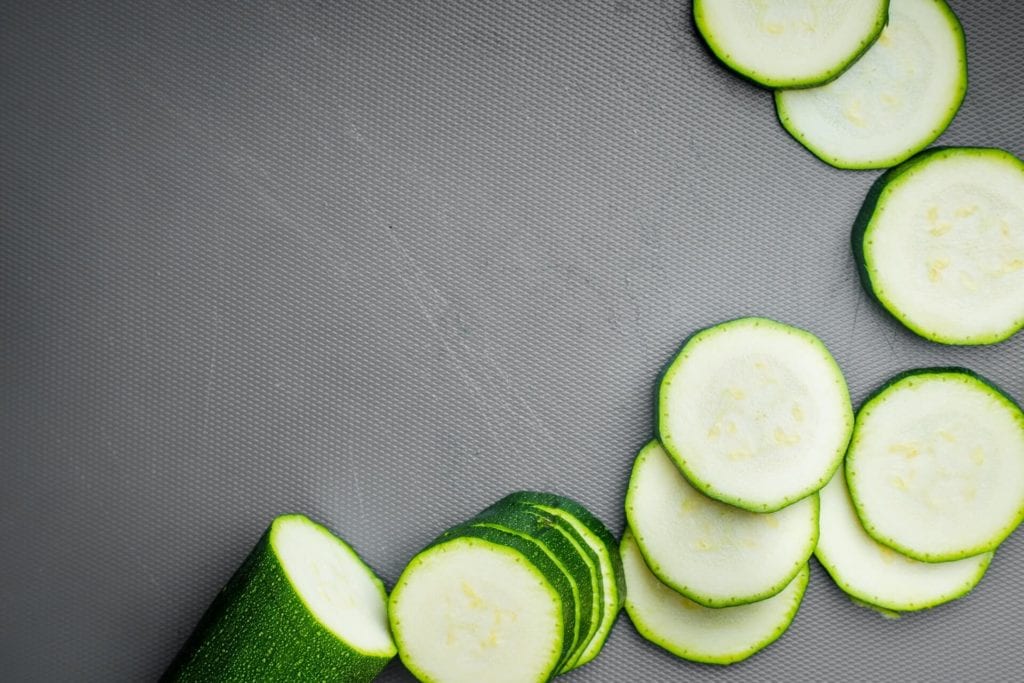
Zucchini is a surprisingly nutrient-dense vegetable, while also being very low-calorie. One cup (223 grams) has only 17 calories, 1 gram of protein, 1 gram of fat, and 3 grams of carbs, but only 1 gram of sugar. It contains vitamin A, C, and K, manganese, folate, copper, potassium, thiamine, and more. It is high in antioxidants and the great the news is, its nutritional profile stays the same after it is cooked.
Zucchini is a great addition to your intermittent fasting diet. You can have a large portion, guilt-free, perfect if you like to eat a huge meal when you break your fast for instance, or as the last meal of the day. Due to its low sugar content, the impact on your blood sugar will be minimum, but you’ll get plenty of vitamins and minerals.
3. Mushrooms
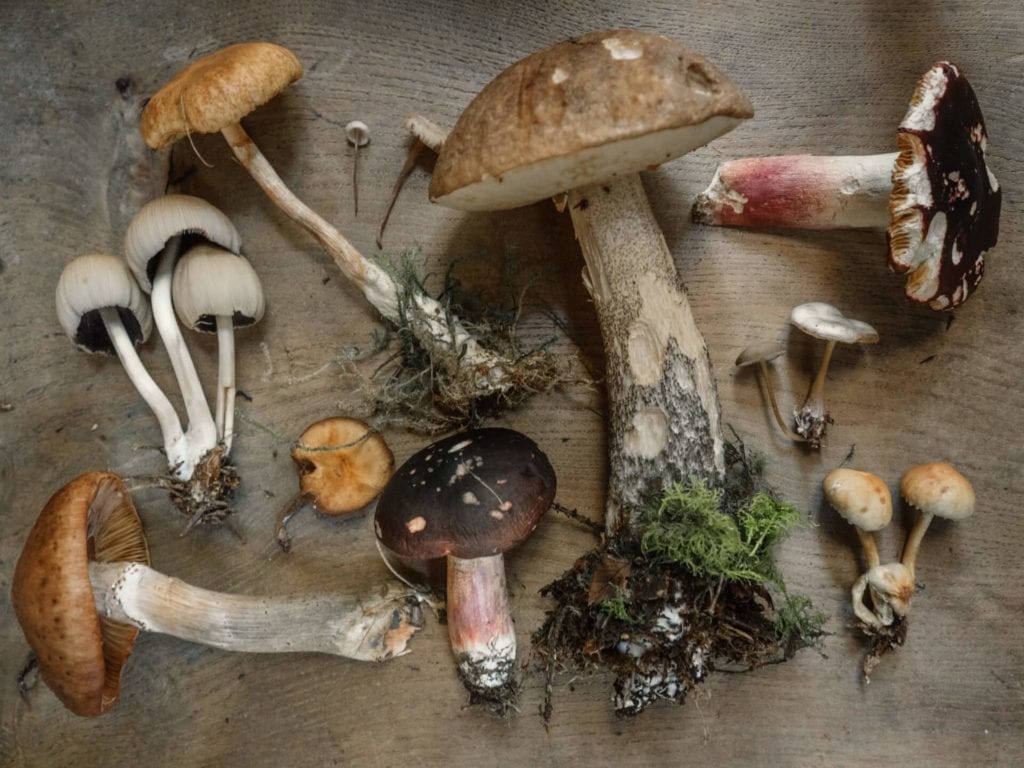
Mushrooms are very low in carbs, one cup gives you only 2 grams, 1 of which is fiber. You’ll also be getting 2 grams of protein and plenty of vitamins, minerals, and antioxidants including vitamin C, selenium, and choline. Mushrooms have also been shown to have anti-inflammatory properties, which makes them a great addition to any diet. They are also a staple food for vegetarians, due to their higher protein content.
In intermittent fasting, they’ll help you stay full longer, despite having only 15 calories per serving. Whether you are vegetarian or not, they are great in both main dishes or salads.
4. Broccoli
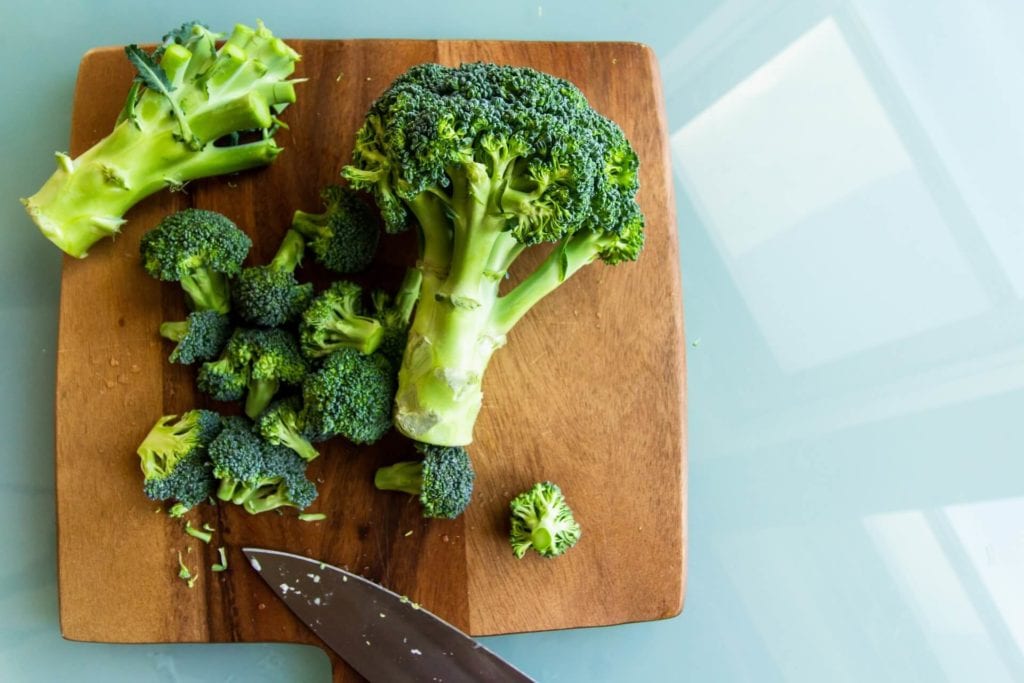
Broccoli is considered a superfood and for good reason! It is a cruciferous vegetable, which means it belongs to the same family as kale, radishes, and cabbage.
Studies have shown broccoli is great in fighting type 2 diabetes because it can decrease insulin resistance. It may also help fight certain types of cancer.
Why add it if you’re on an intermittent fasting diet? Easy: due to its high content of vitamins C and K and its beneficial effect on blood sugar. One cup contains 6 grams of carbs, but 2 grams are fiber and a total of 30 calories. In short, you don’t need to worry about overeating broccoli when you break your fast.
5. Asparagus
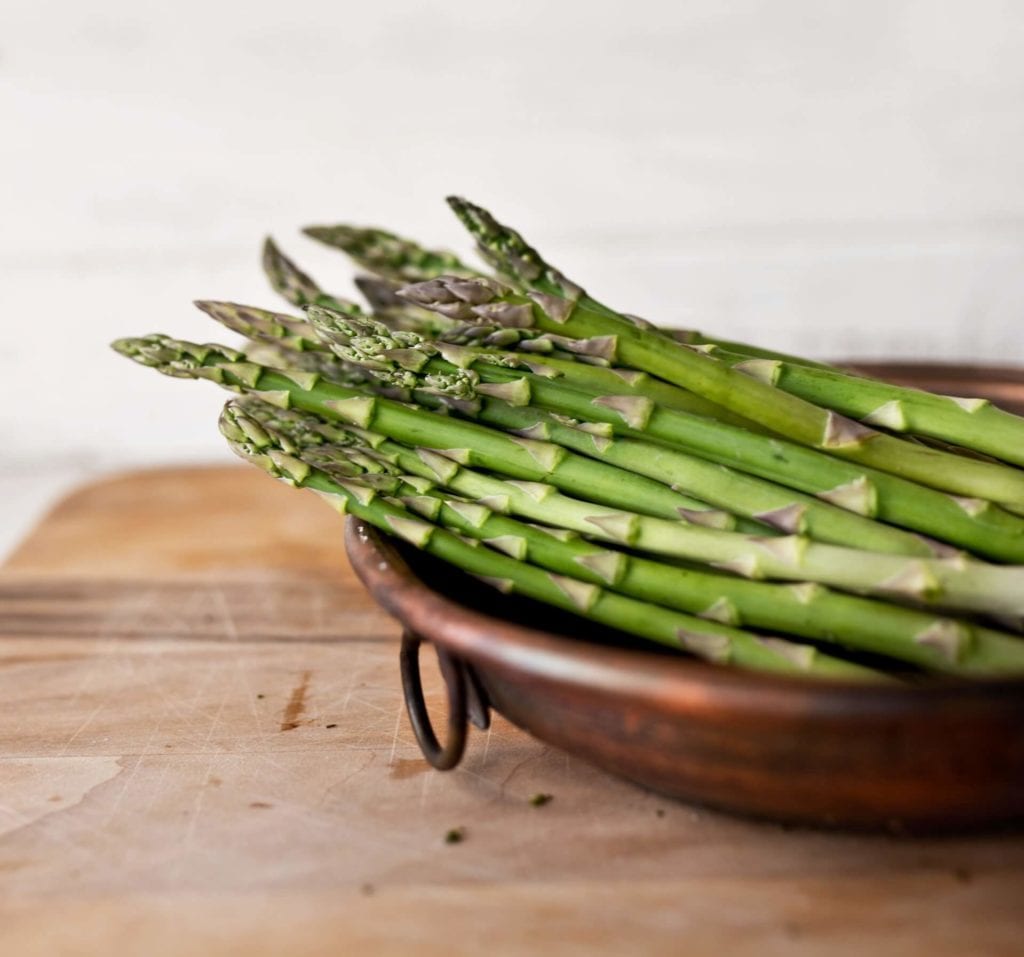
A list of the best vegetables for intermittent fasting wouldn’t be complete without asparagus. This vegetable is not only delicious, but it also protects against different forms of cancer. It also aids brain health and reduces anxiety.
As for its vitamins and minerals content, asparagus doesn’t disappoint. One cup (180 grams) provides vitamins A, C, K, folate, potassium, and more. Asparagus is also high in antioxidants such as glutathione and different flavonoids which, along with polyphenols have been shown to lower blood pressure, and have antiviral and anticancer effects.
And if you’re trying to lose weight, rest assured: all these nutrients do not mean a high-calorie content. In fact, one cup of asparagus has only 40 calories, 4.4 grams of protein, 0.4 grams of fat, and 8 grams of carbs, 4 of which are fiber. A part of this fiber is soluble which is helps friendly gut bacteria that in turn promotes good digestion and helps your body better absorb nutrients.
6. Cauliflower
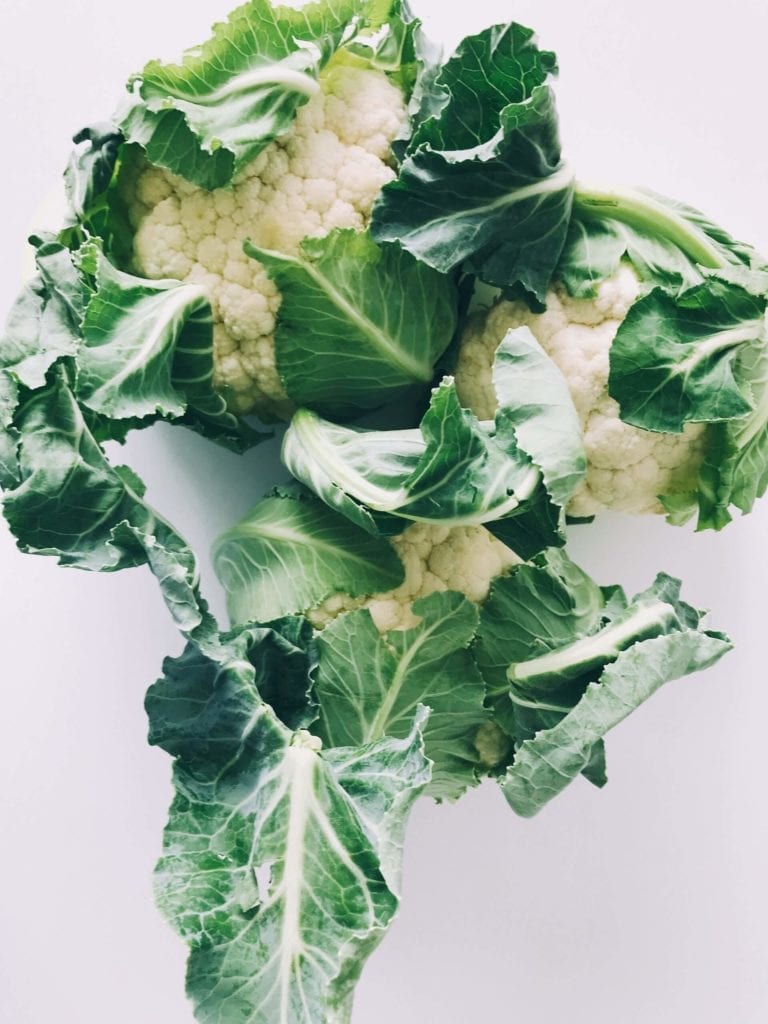
A vegetable very popular among those who are on low-carb diets, cauliflower can be easily used to substitute rice and even potatoes in meals. One cup (100 grams) of raw cauliflower contains only 5 grams of carbs, but 3 of them are fiber. Because it is a cruciferous vegetable it is also high in vitamins A and K and protects against heart disease and cancer.
Like many other vegetables, it is great in intermittent fasting because you can eat as much as you’d like without worrying you’ll overeat, it will keep you full longer, it is low-carb, and it won’t mess up your blood sugar.
7. Bell peppers
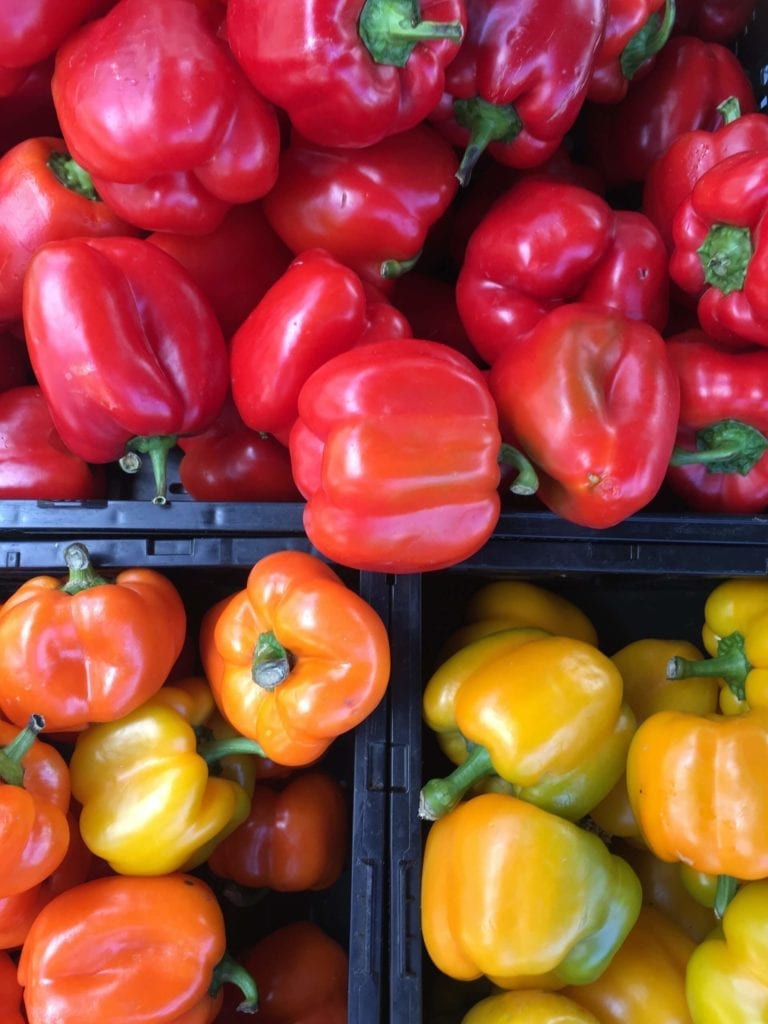
Bell peppers aren’t a food you see very often in a list of must-eat vegetables. We’re a lot more focused on leafy greens and cruciferous vegetables. And while those have incredible health benefits, bell peppers are also surprisingly nutritious.
Firstly, they contain antioxidants that have been proven to reduce inflammation, and even prevent and help fight certain types of cancer. They also help maintain normal cholesterol levels and reduce the effects of oxidative stress.
Secondly, one cup (149 grams) will provide you with 317% of your DV for vitamin C and 93% for vitamin A. It also comes with only 9 grams of carbs and 3 grams of fiber.
If you’re on an intermittent fasting diet, you should add more bell peppers to your meals. It doesn’t matter if you choose green, yellow, or red bell peppers. They all have the same benefits and nutritional profile. They’ll also help you feel satiated quicker, so if you’re prone to overeating, don’t skip them.
8. Cucumbers
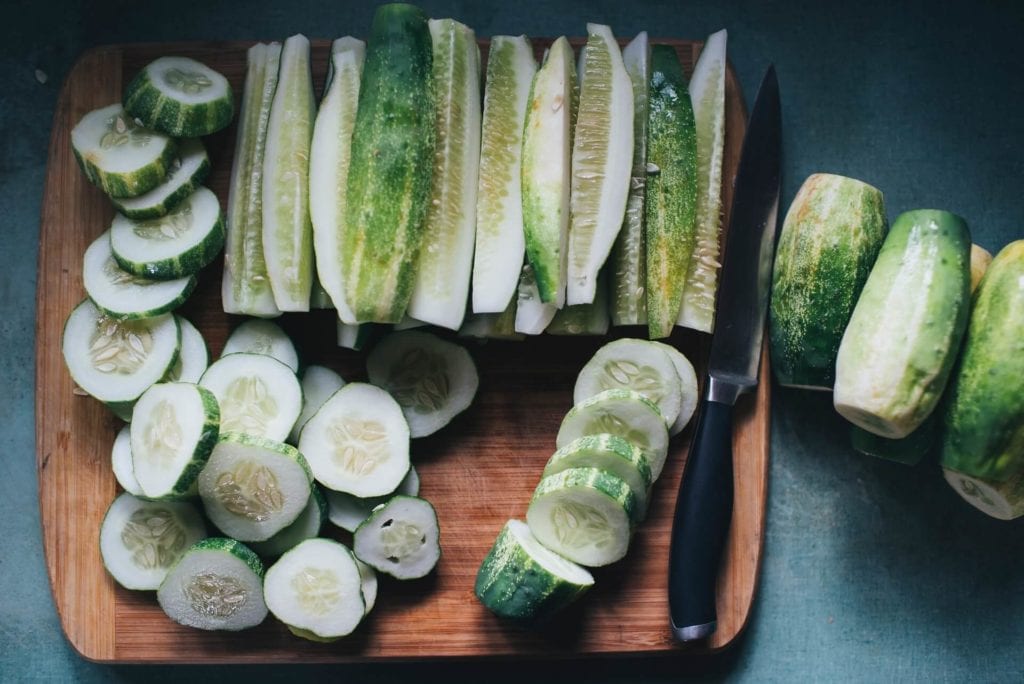
A refreshing, low-carb vegetable, perfect for summer days, in salads, cucumbers are a great addition to your diet.
Unlike other vegetables on this list, they don’t have an impressive nutritional profile as they don’t contain many vitamins or minerals. However, studies on animals showed they have anti-inflammatory and anticancer properties.
One cup (104 grams) contains only 4 grams of carbs. They have a high water content, which means they’ll help you feel satiated faster and they’ll also help you stay hydrated.
There’s also another, less nutritious way to use them when it comes to intermittent fasting: flavored water. If you ever feel like your fasting window just isn’t ending, and you’re sick of drinking plain water or tea, try adding a couple of slices of cucumber to your water. It won’t add any calories to your diet and you won’t break the fast, but it will trick your brain and might even curb your appetite for a while longer.
To sum up
Intermittent fasting comes with a lot of health benefits, but that doesn’t mean we shouldn’t pay attention to what we’re eating as well. Vegetables are a food group that shouldn’t miss from your plate. They are filled with vitamins, minerals, and antioxidants, while also being very low in calories and carbs. They’re also perfect if you find it hard not to overeat.
On the one hand, because you can eat as many vegetables as you’d like. On the other hand, because they’ll help you feel full faster and for longer, so you won’t be as prone to eating a lot of unhealthy foods. Many vegetables also promote weight loss, due to their high water content.
In short, whether you’re on an intermittent fasting diet to lose weight or for its health benefits, adding more of these 8 vegetables will help you achieve your goals.
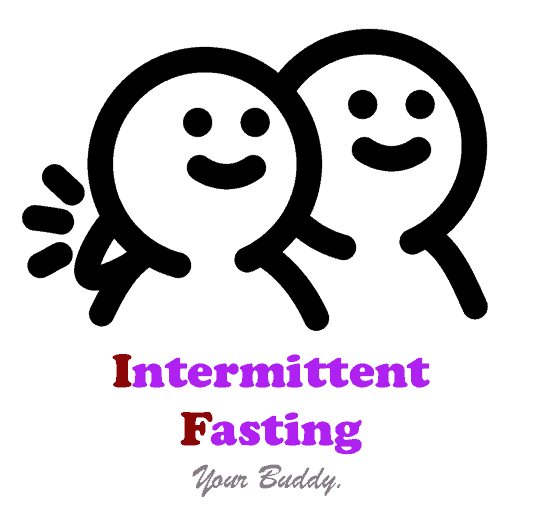
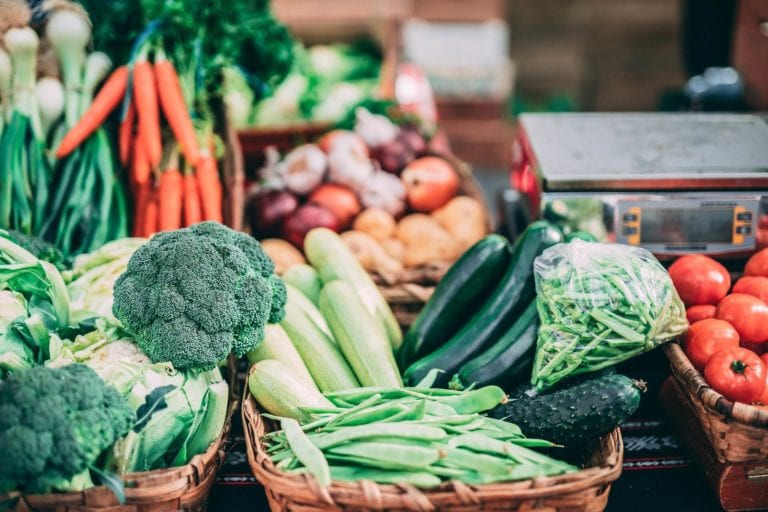
6 thoughts on “8 Best Vegetables for Intermittent Fasting”